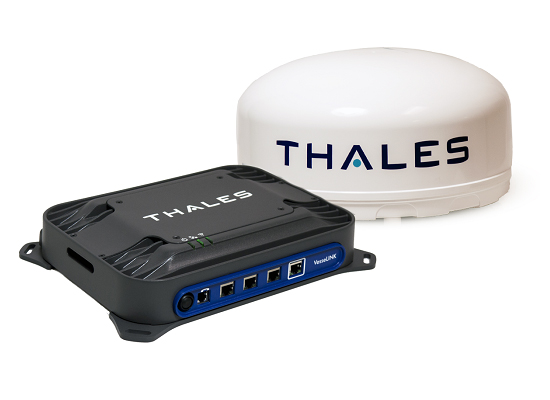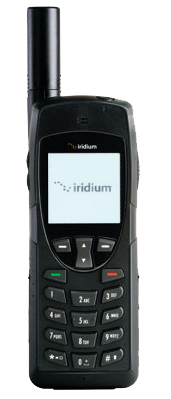Step 3: Get the Gear You Need
An extended sailing trip will require more gear and careful planning than a half-day sailing outing, but there are some essential pieces of gear you will need to get started.
- Satellite Phone – Having a satellite phone will keep you connected even when your cell phone is out of reach. Our top recommendations can be found here, and be sure to read below in the Safety section why having a satellite phone is so important while sailing.
- Boat Shoes – This special type of shoe with non-marking rubber soles will provide you with extra traction on wet boat decks.
- Jump Starter – This will provide backup for motorized sailboats in an emergency.
- Sailing License – According to Life of Sailing, there are only 8 states that will allow you to sail without a license. If you don’t live in California, Arizona, Alaska, Idaho, Wyoming, Maine, South Dakota or Arkansas, you’ll need to be sure to check with your specific state’s licensing requirements.
- ASA/US Membership Card – Membership can give you lots of benefits, so it’s definitely something worth looking into.
- Utility Knife
- Life Jackets – Don’t skip the life jacket no matter how good of a swimmer you are. This is a basic safety precaution.
- Handheld Depth Sounder – This is a handy tool for sailors that gives them an instant depth reading of the water.
- First Aid Kit
- Toiletries
- Sun protection – Don’t make the mistake of not protecting yourself from the sun; sunglasses, a hat, and a long-sleeve shirt should be worn on every sailing adventure.
We’ve put together this handy checklist to use as you pack and shop so that you can be sure you have everything you need.
Step 4: Expect the Unexpected by Taking Precautions
Though sailing is generally regarded as a safe form of recreation, there are risks. According to the United States Coast Guard, accidents and death were most common due to collisions, grounding, flooding and falls overboard. Though rare, accidents can and do happen. These statistics shouldn’t make you fearful, but instead should serve as a reminder that it’s important to be prepared for anything and to not do anything risky.
Here are five of the top ways you can be sure to stay safe while sailing:
- Have a Satellite Phone – Having a satellite phone will ensure that you always have an open line of communication if something amiss arises. Because cell phones don’t typically work once you stray from the shoreline, you’ll need to have a back-up communication method. Our best satellite phone recommendations include the Iridium 9555 or IsatPhone 2. And if you plan to be gone for days long trips, we recommend having a satellite device that provides internet, such as the Thales VesseLINK Maritime. RELATED: Satellite Internet at Sea: Hardware, Airtime and Pricing
- Don’t Consume Alcohol – Accidents and deaths out on the water and more common when alcohol is involved. The best way to avoid this from happening is to avoid drinking alcohol when out on the weather – especially the person who is the captain of the boat.
- Keep a Close Watch on the Weather – If you know it may storm, don’t go out sailing. And if you’re already out and see one coming, it’s time to head in to get off the water.
- Have what’s called a “Float Plan” – This is a written summary of your boating itinerary that’s given to someone in advance who won’t be sailing with you. Get My Boat shares exactly what you’ll want to include in this.
- Don’t Enter Crowded Areas – With collisions being one of the top cited boating incidents, it’s best to avoid a close encounter altogether.
For a complete list of safety tips, check out this article from the National Safety Council.
Step 5: Enjoy Your Adventure
You do not need to be a pro at sailing to have a good time. You just need to prepare so you have what you need (don’t forget the yummy snacks) and have the proper know-how to be comfortable in your cruising abilities while keeping everyone aboard safe.
And if you are not quite ready to sail on your own, there are plenty of ways to get out there and enjoy the water. We recommend a day out on a chartered sailboat (or perhaps a full-blown vacation) and if fishing suits your fancy, be sure to read, “8 Best San Diego Fishing Charter for Your Next Fishing Trip.”














